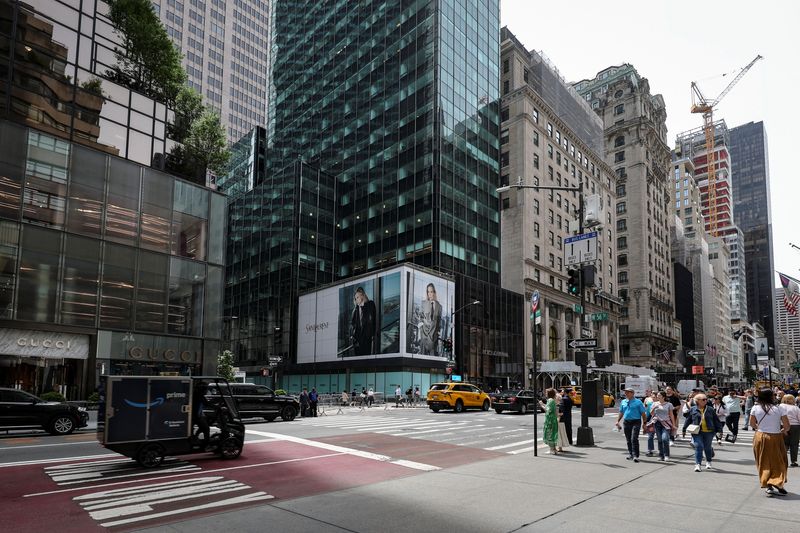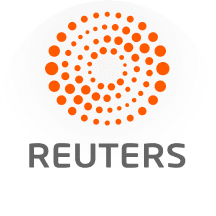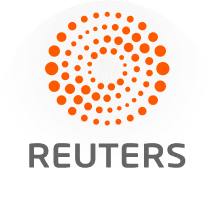
By Lucia Mutikani
WASHINGTON (Reuters) -The U.S. economy grew faster than initially thought in the second quarter, in part driven by business investment in intellectual property such as artificial intelligence, but tariffs on imports continued to cloud the picture.
The upgrade to gross domestic product reported by the Commerce Department on Thursday also reflected upward revisions to consumer spending as well as business investment in equipment. That resulted in a measure of underlying domestic demand also being revised higher.
Given the wild swings in imports stemming from the manner in which President Donald Trump's sweeping tariffs have been implemented, including escalations and 90-day pauses, the GDP report is not a true reflection of the economy's health, economists said. They expected the drag on GDP from import duties to become more evident in the quarters ahead.
"The strength in economic growth last quarter remains a mirage that is based on the fallout from the administration's economic agenda," said Christopher Rupkey, chief economist at FWDBONDS. "Economic growth will slow to stall-speed once the tariff effects on imports wash out in the third quarter."
GDP increased at a 3.3% annualized rate last quarter, the Commerce Department's Bureau of Economic Analysis (BEA) said in its second estimate. The economy was initially reported to have grown at a 3.0% pace in the second quarter. Economists polled by Reuters had expected GDP growth would be raised to a 3.1% rate.
The economy contracted at a 0.5% pace in the January-March quarter, which was the first GDP decline in three years. A front-loading of imports as businesses rushed to beat the duties pulled down GDP in the first quarter before snapping back as the flow of foreign merchandise ebbed.
Economists expect a lackluster second half, which would limit economic growth to about 1.5% for the full year. That reading would be down from 2.8% in 2024.
The GDP revision reflected upgrades to business spending on intellectual property products, now estimated to have expanded at a 12.8% rate, double the initially estimated 6.4% pace and the fastest in four years.
Growth in business investment in equipment was revised up to a 7.4% pace from the 4.8% rate estimated last month.
"Investment related to AI is helping mask some of the weakness elsewhere in the economy, but the good news is that there is little sign that this support is set to fade anytime soon," said Ryan Sweet, chief economist at Oxford Economics.
Growth in consumer spending, the economy's main engine, was raised to a 1.6% rate from the previously reported 1.4% pace.
Stocks on Wall Street were trading higher. The dollar fell against a basket of currencies. The interest rate-sensitive two-year U.S. Treasury yield held near an almost four-month low.
PROFITS REBOUND
The BEA also reported that profits from current production with inventory valuation and capital consumption adjustments rebounded $65.5 billion last quarter, despite tariffs raising costs for businesses. Profits decreased $90.6 billion in the January-March period.
The nation's average tariff rate has jumped to its highest level in a century, inflicting pain on companies ranging from manufacturers to retailers. Caterpillar this month warned tariffs could cost the economic bellwether up to $1.5 billion this year.
In July, General Motors' second-quarter earnings took a $1.1 billion hit from the duties and the automaker anticipated more pain in the third quarter. Clothing retailer Abercrombie & Fitch on Wednesday warned that higher tariffs on countries such as Vietnam, Indonesia, Cambodia and India would increase costs by $90 million this year.
The strength in underlying demand and rebound in profits would at face value argue against the Federal Reserve resuming interest rate cuts next month. But the U.S. central bank is focused on softening labor market conditions.
"Core profit margins were stable at 20.8%, which is remarkable given the impact that tariffs ought to have had on profits," said Conrad DeQuadros, senior economic advisor at Brean Capital. "Profit margins are a leading indicator and causal driver of recessions and there is no indication yet of the pressures that would induce companies to shake out labor."
Fed Chair Jerome Powell last week signaled a possible interest rate cut at the central bank's September 16-17 policy meeting, in a nod to rising labor market risks, but also added that inflation remained a threat.
The Fed has kept its benchmark overnight interest rate in the 4.25%-4.50% range since December.
A separate report from the Labor Department showed initial claims for state unemployment benefits decreased 5,000 to a seasonally adjusted 229,000 during the week ended August 23. The labor market is stuck in a no-hire, no-fire mode.
The number of people receiving benefits after an initial week of aid, a proxy for hiring, fell 7,000 to a seasonally adjusted 1.954 million during the week ending August 16, the claims report showed. The so-called continuing claims data covered the week during which the government surveyed households for August's unemployment rate.
Continuing claims rose slightly between the July and August survey weeks. But a shrinking labor market pool because of the White House's immigration crackdown is softening the impact of lackluster hiring on the unemployment rate.
Economists said reduced labor supply suggests the economy needs to create less than 90,000 jobs per month to keep up with growth in the working population. Some expected the unemployment rate to rise to 4.3% in August from 4.2% in July.
"Labor market slack will continue to build gradually even at the current muted pace of firing, given the ongoing weakness of hiring," said Samuel Tombs, chief U.S. economist at Pantheon Macroeconomics.
(Reporting by Lucia Mutikani; Editing by Chizu Nomiyama, Paul Simao and Andrea Ricci)

 Reuters US Business
Reuters US Business
 America News
America News Reuters US Domestic
Reuters US Domestic USA TODAY National
USA TODAY National Associated Press US News
Associated Press US News